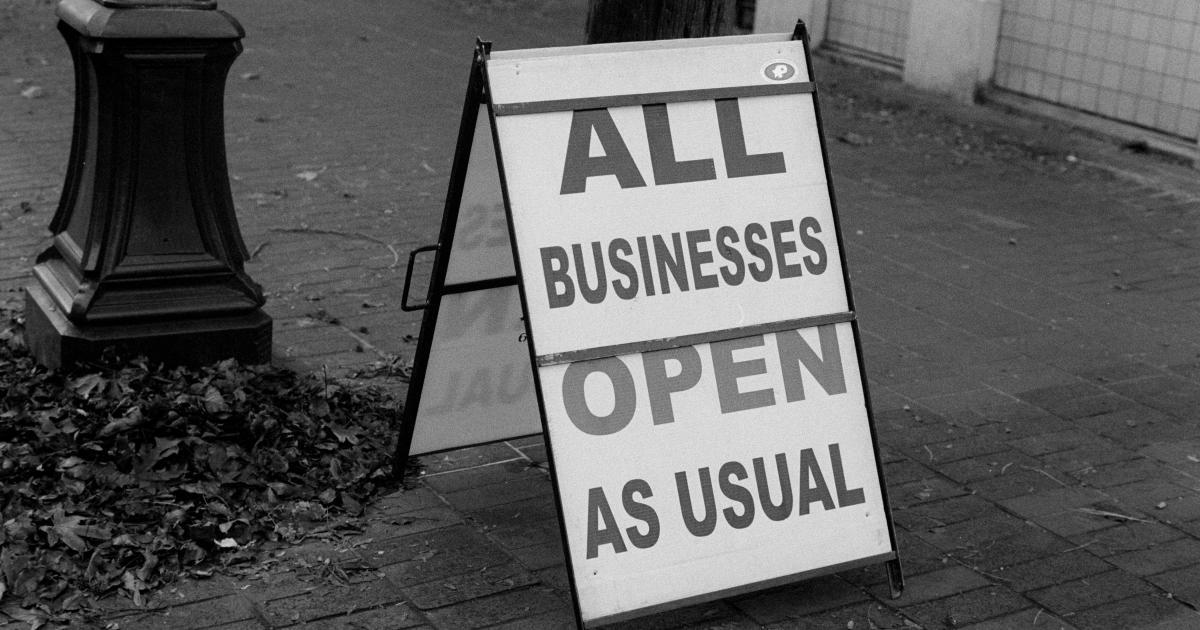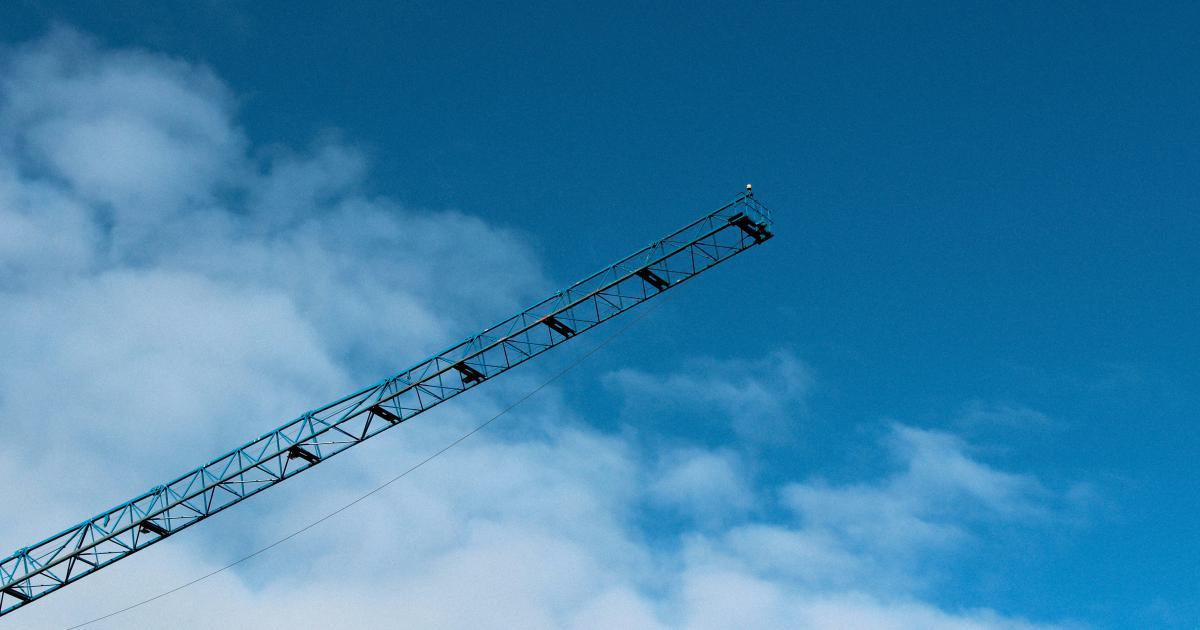Local Link Building vs. Paid Ads: Better for Driving Local Traffic?


The Importance of Local Traffic in the Digital Age
In the ever-evolving digital landscape, local traffic has become increasingly crucial for businesses of all sizes. As more consumers turn to online search and discovery to find local products and services, the ability to reach and engage with these potential customers has become a critical component of any successful marketing strategy.
Whether you're a small brick-and-mortar store, a regional service provider, or a national brand with a strong local presence, understanding the dynamics of driving local traffic can mean the difference between thriving and struggling in today's competitive market.

Local search has become the norm, with studies showing that over 50% of all mobile searches have local intent. This means that half of the people using their smartphones or tablets to search for information are looking for businesses, products, or services in their immediate vicinity. As a result, local SEO and targeted marketing tactics have become essential for reaching and converting these highly valuable local consumers.
The Battle for Local Dominance: Local Link Building vs. Paid Ads
When it comes to driving local traffic, businesses are often faced with a choice: should they invest in local link building strategies or focus their efforts on paid advertising? Both approaches have their own unique strengths and weaknesses, and the optimal solution will depend on a variety of factors, including your business goals, target audience, budget, and industry.
In this comprehensive article, we'll explore the pros and cons of local link building and paid advertising, providing a deep dive into the potential impact of each strategy on your local traffic and overall business success.
The Power of Local Link Building
Local link building is the process of acquiring high-quality backlinks from other local websites, directories, and online resources. These links not only help improve your website's search engine rankings, but they also signal to search engines that your business is actively engaged with and recognized within your local community.

The Benefits of Local Link Building
Improved Local Search Visibility: By obtaining links from other reputable local websites, you can boost your rankings in local search results, making it easier for potential customers in your area to find your business.
Enhanced Credibility and Trust: When your business is featured on high-authority local websites, it helps to establish your credibility and trustworthiness within your community, which can lead to increased brand loyalty and customer conversions.
Targeted Audience Reach: Local link building allows you to connect with a highly relevant and engaged audience, as the links are coming from sources that are already trusted and frequented by your target customers.
Cost-Effective Long-Term Strategy: While link building may require an initial investment of time and resources, the benefits can be long-lasting, providing a steady stream of qualified local traffic to your website.
Competitive Advantage: By building a strong local link profile, you can often outrank your competitors in local search results, giving your business a distinct advantage in the local market.
Challenges and Potential Drawbacks of Local Link Building
Time-Consuming Process: Acquiring high-quality local backlinks can be a time-intensive task, as it often involves outreach, relationship building, and content creation to earn the trust and respect of local websites and directories.
Difficulty in Scalability: Local link building can be more challenging to scale than some other digital marketing tactics, as the process is often more personalized and requires a more targeted approach.
Potential for Link Quality Issues: Not all local links are created equal, and it's essential to carefully vet potential link sources to ensure they align with your brand, provide value to your audience, and adhere to search engine guidelines.
Ongoing Maintenance: Maintaining a strong local link profile requires consistent effort, as you'll need to monitor your backlinks, address any issues, and continually seek out new opportunities to expand your local presence.
The Allure of Paid Local Advertising
Paid local advertising, such as search engine marketing (SEM) and social media advertising, offers businesses a more immediate and measurable approach to driving local traffic to their websites or physical locations.

The Benefits of Paid Local Advertising
Rapid Results: Paid advertising campaigns can deliver quick, measurable results, allowing businesses to quickly reach and engage with their target local audience.
Precise Targeting: Platforms like Google Ads and Facebook Ads offer highly granular targeting options, enabling businesses to reach consumers based on their location, demographics, interests, and buying behavior.
Measurable Performance: Paid advertising platforms provide detailed analytics and reporting, allowing businesses to track the effectiveness of their campaigns and make data-driven decisions to optimize their strategy.
Flexibility and Scalability: Paid advertising campaigns can be easily adjusted, scaled up or down, and quickly deployed to respond to changing market conditions or business needs.
Increased Brand Visibility: Prominent placement in search engine results pages (SERPs) or social media feeds can help businesses boost their brand awareness and recognition within their local community.
Challenges and Potential Drawbacks of Paid Local Advertising
Ongoing Costs: Paid advertising requires a continuous investment, as businesses must continually allocate budget to maintain their visibility and presence in the local market.
Potential for Ad Fatigue: Consumers can become desensitized to frequent paid ads, leading to a decline in engagement and conversion rates over time.
Competition and Bidding Wars: In highly competitive local markets, businesses may find themselves in bidding wars for the most valuable ad placements, driving up costs and making it challenging to maintain a profitable return on investment (ROI).
Reliance on Platform Algorithms: Businesses that rely heavily on paid advertising are subject to the whims of the platforms they use, which can change their algorithms and policies, potentially disrupting the effectiveness of their campaigns.
Limitations in Organic Reach: Paid advertising can sometimes overshadow or diminish the visibility of a business's organic search engine optimization (SEO) efforts, making it challenging to maintain a balanced and sustainable digital marketing strategy.
Evaluating the Strategies: Which is Better for Driving Local Traffic?
Now that we've explored the key aspects of local link building and paid local advertising, it's time to evaluate which strategy may be the better choice for driving local traffic to your business.
Factors to Consider
When deciding between local link building and paid advertising, there are several critical factors to consider:
Business Goals and Objectives: Align your marketing strategy with your overall business goals, whether that's increased brand awareness, lead generation, or direct sales.
Target Audience and Local Market Dynamics: Understand the specific characteristics, behaviors, and preferences of your local target audience, as well as the competitive landscape in your area.
Budget and Resource Availability: Assess your available budget and the in-house or outsourced resources you can dedicate to each strategy.
Measurability and Tracking: Evaluate the data and analytics capabilities of each approach to ensure you can effectively measure and optimize your efforts.
Long-Term Sustainability: Consider the longevity and scalability of each strategy, as well as the potential for long-term benefits or risks.
Scenario-Based Comparisons
To better illustrate the potential impact of local link building and paid advertising, let's explore a few real-world scenarios:
Scenario 1: New Local Business Launch
Challenge: A new, independent coffee shop has just opened in a bustling downtown area, and the owners are looking to drive initial awareness and foot traffic to their location.
Local Link Building Approach: The coffee shop owners invest time in building relationships with other local businesses, community organizations, and influential bloggers in the area. They create engaging content, such as local event listings and neighborhood guides, and secure backlinks from these high-authority local sources.
Paid Advertising Approach: The coffee shop owners create targeted Google Ads and Facebook/Instagram campaigns, leveraging location-based targeting to reach potential customers within a specific radius of their physical store. They experiment with various ad formats, messaging, and offers to find the most effective approaches.
Potential Outcomes:
- Local Link Building: Gradual but steady increase in brand awareness and foot traffic as the coffee shop's local presence and credibility grow over time.
- Paid Advertising: Immediate influx of new customers, but potential for ad fatigue and the need for ongoing budget allocation to maintain visibility.
Scenario 2: Established Local Service Provider
Challenge: A well-known plumbing company that has been serving a particular suburb for over a decade is looking to expand its customer base and stay ahead of emerging competitors.
Local Link Building Approach: The plumbing company focuses on building a robust local backlink profile by partnering with local home improvement blogs, sponsoring community events, and securing listings in highly relevant local directories.
Paid Advertising Approach: The plumbing company invests in a comprehensive paid advertising strategy, including search engine marketing (SEM) campaigns, targeted social media ads, and retargeting efforts to reach both new and existing customers in the local area.
Potential Outcomes:
- Local Link Building: Strengthened local authority and search engine rankings, leading to a steady stream of qualified organic leads over time.
- Paid Advertising: Immediate visibility and lead generation, but potential for increased competition and rising ad costs in the local market.
Scenario 3: National Brand with Local Presence
Challenge: A national home improvement retailer with a strong physical presence in multiple local markets is looking to drive more in-store traffic and online sales from its local customer base.
Local Link Building Approach: The national brand partners with local bloggers, influencers, and community organizations to create and promote hyper-local content, such as neighborhood guides and DIY tutorials tailored to each of its local markets.
Paid Advertising Approach: The national brand leverages its marketing budget to run targeted paid advertising campaigns across search engines, social media platforms, and local directories, highlighting its local store locations, product offerings, and unique in-store experiences.
Potential Outcomes:
- Local Link Building: Strengthened local authority and brand reputation, leading to increased organic traffic and higher conversion rates for local customers.
- Paid Advertising: Rapid visibility and traffic, but potential for higher costs and diminishing returns as the brand competes with other national and local players in the same markets.
Striking the Right Balance
In many cases, the most effective local marketing strategy will involve a combination of both local link building and paid advertising. By leveraging the strengths of each approach and striking the right balance based on your specific business needs and resources, you can create a comprehensive and sustainable local traffic generation plan.

Key considerations for striking the right balance:
Allocate Resources Strategically: Determine the appropriate distribution of your budget and personnel resources between local link building and paid advertising, based on your unique business goals and market conditions.
Integrate the Strategies: Ensure that your local link building and paid advertising efforts are well-integrated, with each approach complementing and reinforcing the other to maximize the overall impact.
Monitor and Adjust: Continuously track the performance of both strategies, and be prepared to adjust your approach as needed to adapt to changing market dynamics and consumer behaviors.
Maintain a Diversified Approach: Avoid relying too heavily on a single tactic, as this can make your local marketing efforts vulnerable to platform changes or algorithm updates.
By carefully evaluating the pros and cons of local link building and paid advertising, and then tailoring a strategy that combines the strengths of both approaches, you can position your business for long-term success in the highly competitive local market.
Conclusion: The Path to Local Dominance
In the digital age, the ability to drive local traffic to your business has become a critical component of any successful marketing strategy. Whether you choose to focus on local link building, paid advertising, or a strategic combination of both, the key is to develop a comprehensive, data-driven approach that aligns with your unique business goals and the needs of your local target audience.
By leveraging the power of local search, building credible local connections, and strategically investing in paid campaigns, you can position your business for long-term success and establish a strong, sustainable presence in your local community.
The battle for local dominance is on, and the businesses that can effectively harness the power of local link building and paid advertising will be the ones that emerge as the leaders in their respective markets.
